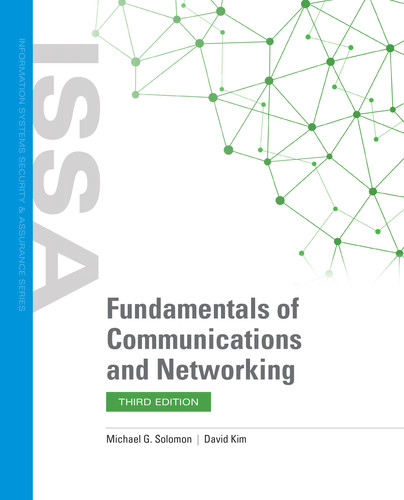TCP/IP Suite
The collection of protocols that define and enable Internet communication is called the Transmission Control Protocol/Internet Protocol (TCP/IP) suite. This collection is also known as the Internet Protocol suite. The TCP/IP Reference Model you learned about in the previous section describes the TCP/IP suite. From the early beginnings of the Internet and its predecessors, the TCP/IP protocols have played an important role. As the Internet grew and demands on it increased, more protocols were developed. These protocols became part of the standard TCP/IP suite. Today, nearly all Internet-capable operating systems and devices provide support for the protocols defined in the TCP/IP suite.
sThe protocols in the suite generally are organized into four layers. The TCP/IP Reference Model defines each of the layers and describes protocols that belong to each one. Each protocol logically communicates with its corresponding protocol on the other node. A message actually moves down the TCP/IP networking stack, starting at the Application Layer. The Application Layer sends a message to the next lower layer, the Transport Layer. The Transport Layer protocol may segment the message into smaller chunks. It then adds addresses and other information and sends the new data to the next lower level. This process continues until the source node sends the message fragment to another node using physical media. The packet or frame may be forwarded by several nodes before it reaches its destination. When it does reach its destination, it travels back up the destination network stack until it reaches the Application Layer.
Taken together, the TCP/IP suite provides all of the protocols necessary for applications to exchange messages and data using IP-based networks. This suite supports communication across networks ranging from small LANs to the Internet. FIGURE 3-4 shows a list of the main protocols in the TCP/IP suite and the layers at which they operate. You’ll learn more about the TCP/IP suite later in this chapter.

FIGURE 3-4 The main protocols of the TCP/IP suite in relation to the layers of the two reference models.
